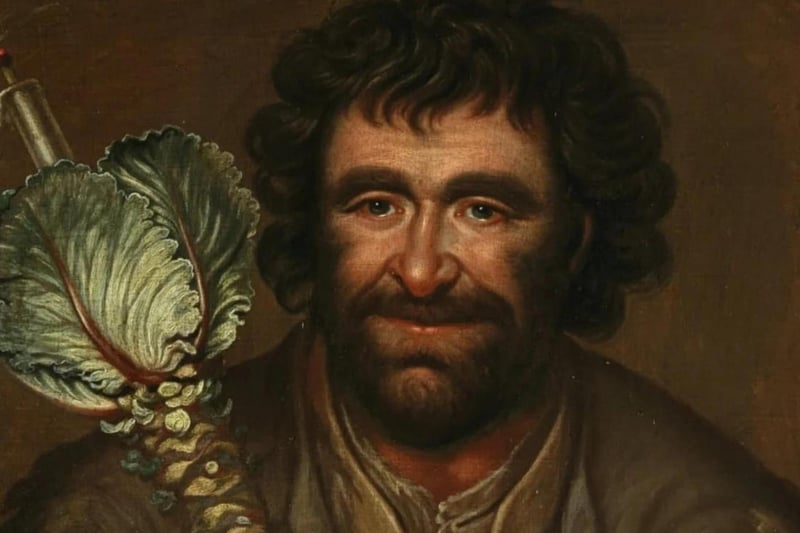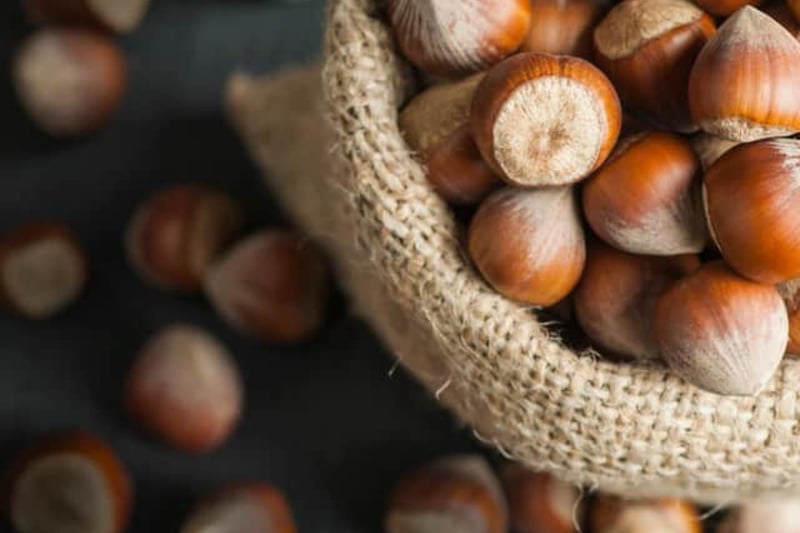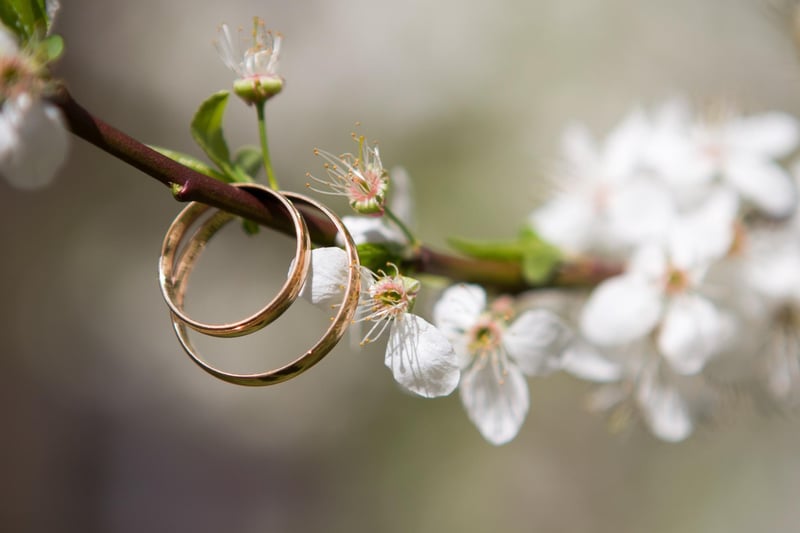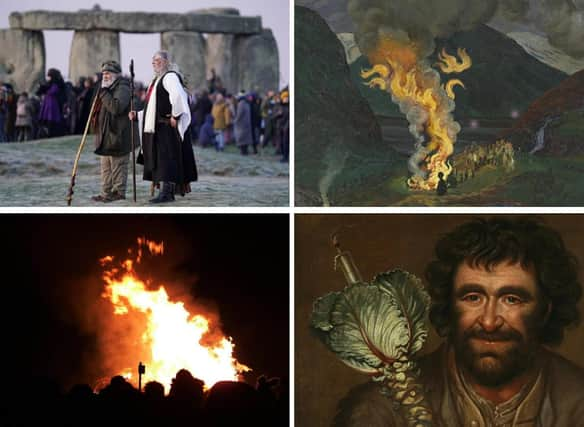A feast of games, ceremonial rituals were carried out to celebrate in the lead-up to winter as young and old congregated to face the cold season together. Much of the focus after the sun went down was on foretelling the future husbands and wives.
Gregorson wrote that the rituals practised across the Scottish Highlands and Islands were likely Pagan in origin with the date a cause of great excitement as he documented this in his book ‘Gaelic Otherworld’ published by Birlinn BooksNow.
Now that we have passed the Winter Solstice and are approaching Christmas in Scotland, here are 5 ways that Highlanders in Scottish history would celebrate the first day of winter

1. Lighting massive fires
In the lead up to winter, children gathered up tar barrels and ferns and other items for bonfire. These would be piled up in a good prominent spot close to the family home and set fire in the evening of November 1. The fires were called Samhnagan. "There was one for each house, and it was an object of ambition who should have the biggest. Whole districts were brilliant with bonfires, and their glare across a Highland loch, and from many eminences, formed and exceedingly picturesque scene." Gregorson described the fire lighting as a "natural and defiant" welcome to the season that demanded warmth the most. Photo: Submitted

2. Fortune telling for the year ahead
Fortune telling activities were common for Highlanders as they entered winter. They used many methods to predict the future but one involved the marks made by egg whites when they were dropped into a glass of water. These were said to predict how many children a person would have. Photo: Submitted

3. Burning nuts
Two nuts were put on the fire beside each other, representing a boy and girl whose names were made known to the room. "As they burned together, or flared up alone, or leaped away from each other, the future marriage of the pair - or rejection of each other - was inferred," Gregorson wrote. Photo: Submitted

4. Hiding rings in a plate of Crowdie
A ring was hidden in a plate of milk and meal with spoons handed out the room. A "vigorous attack" was made on the dish and whoever got the ring would prove to be the first married. Photo: via Canva Pro


